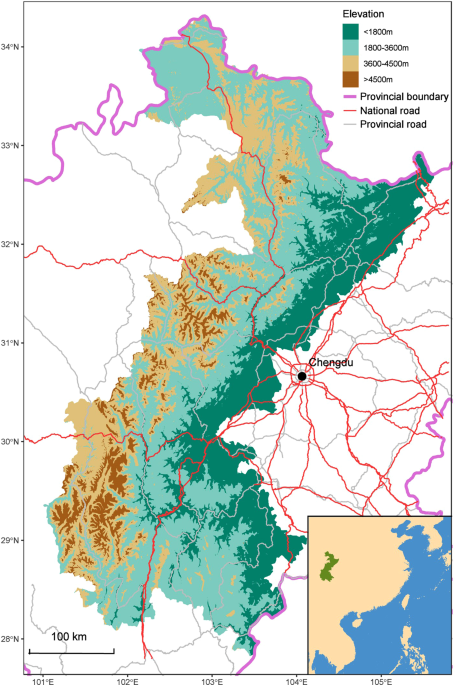
Abstract: "Few studies have focused on the mountain ranges scale effects of roads on wildlife. This lack of data could lead to an underestimation of the negative impact of roads on animal populations. We analyzed a dataset that included 74.4% of the giant panda population and covered 78.7% of the global giant panda habitat to estimate road-effect zones for major roads, and to investigate how these major roads influenced the distribution of giant pandas on a mountain range spatial scale. We found that the density of giant panda signs was significantly decreased by proximity to major roads. The effect zone reached 5,000 m from national roads and 1,500 m from provincial roads. Structural equation model analysis revealed that the strongest negative impact of major roads on giant pandas was via the reduction of nearby forest cover. The results should provide a better understanding of the impact of anthropogenic infrastructure and regional economic development on wildlife, thus providing a basis for conservation policy decisions. We suggest that the environmental impact assessment of proposed roadways or further researches on road ecological effects should expand to a larger scale and consider the possible habitat degradation caused by road access."
Read More: https://www.nature.com/articles/s41598-018-37447-0
No comments:
Post a Comment